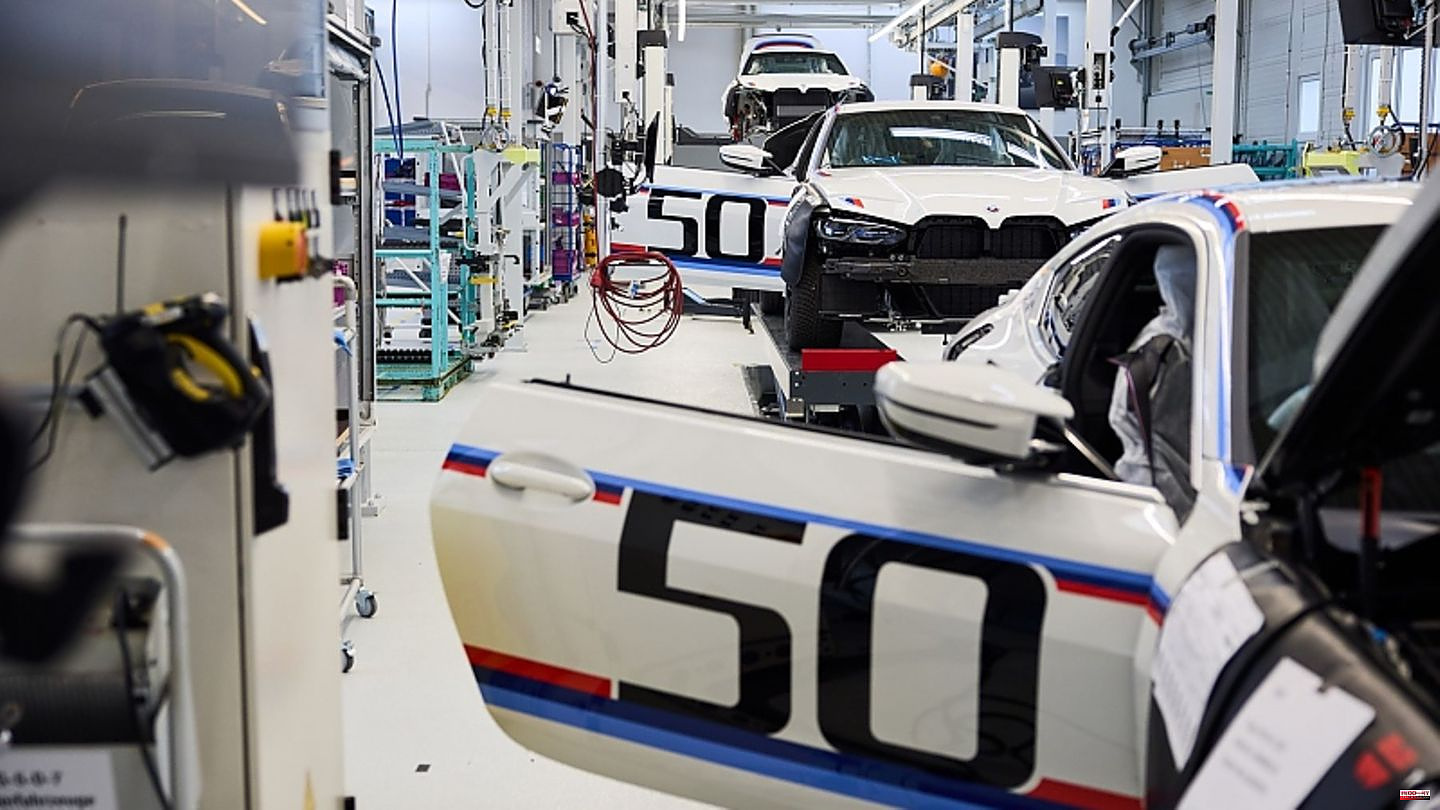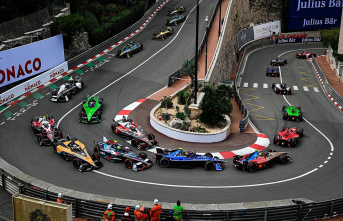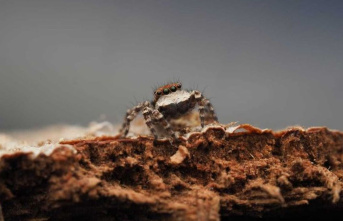Whoever comes to Moosthenning has either missed a motorway exit or wants to wind their way through Lower Bavaria on small roads. Here in the 870-strong town, the world is still in order. The church tower is the tallest building, trees provide shade, there is a butcher, a tavern anyway and also a commercial area. At the very back, where the fox and rabbit say good night to each other, are two unadorned halls with classic gabled roofs. Only the parking lot, on which there is a representative cross-section of the BMW model range, gives an indication that something other than screws and rivets is manufactured here.
Inside the two buildings, there is no sign of the frantic pace of the machines that prevails in the nearby Dingolfing factory of the car manufacturer, while around 250,000 vehicles roll off the assembly line in Moosthenning there will only be 50 units in Moosthenning are made by hand. There is no trace of monstrous robots that twirl metal parts around. Instead, two dozen people work on the vehicles and a fine manufacturing flair wafts through the sparkling clean halls. After all, not just any car is built here, but the new edition of an icon from the Munich car manufacturer: the BMW 3.0 CSL.
For 51 years, the fast BMW got the nickname "Batmobile" because of its futuristic looking planking. Anyone who thinks that a few bodies and a body kit are simply screwed together and then wrapped in foil is very wrong. With such an exclusive car, which probably costs around 700,000 euros, high quality standards are a matter of course. Instead of every 60 seconds, one car is completed here every day. But in one respect the cozy appearance is deceptive. Interns and career changers are left out. "Everyone who works here is at least a trained mechatronics engineer," explains Franz-Xaver Karl, an experienced BMW warrior who manages this outpost of the Dingolfing plant and clearly enjoys his job. This also applies to his colleagues, many of whom still work on cars in their free time. One has painstakingly rebuilt a BMW E9.
With the BMW 3.0 CSL, it is not just a matter of precisely attaching add-on parts. Not at all. Be it converting the wheel hubs to the racing version with central locking or preparing the substructure for marriage with the body. Attaching the rubber adhesive to the windshield is also done by hand. And that in a short time, because the glass still has to be fitted manually and otherwise the glue will start to harden, which must not happen. Here, too, every move is spot on.
The fact that only handpicked employees work on the BMW 3.0 CSL runs like a red thread through the production process and is even more evident at the Landshut plant than it already is. Only those who are particularly skilled in painting the BMW individual models are allowed to work on the exclusive small series models, since the add-on parts are also painted by hand. The fact that the individual parts often arrive at the factory with a time difference of up to three weeks and still have to be in the same color on the car shows that a quick spray gun is not enough. "Our employees are superior to robots"; says project leader Dr. Christian Koch and he also has a lot of pride in addition to the Bavarian timbre. Incidentally, the initial spark for the painting of the new BMW Batmobile was the optical refinement "The 8 X Jeff Koons" by the US artist of the same name using many painting processes that are now used on the 3.0 CSL.
With a car like the BMW 3.0 CSL, large-area foiling is not an option. Up to seven coats of paint are required before the add-on element has the desired look. That means: apply paint, sand to roughen the surface and then apply the next coat. The body part is delivered in the dark blue paint of the middle stripe. "This saves us one work step," explains Christian Koch. So this area is masked (“masking” in technical jargon) and the other two strips are painted bit by bit. It's precision work that only a handful of employees can master. Finished with clear coat. So that the course of the characteristic three BMW M stripes is exactly right and the transitions from an add-on part to the basic body also fit from every angle, not only manual skills are required. A special challenge is the number 50, which is emblazoned in the middle of the roof with visible carbon. The position has to be right here.
That's why the Landshut technicians have devised a way to apply foils with the help of lasers so that the course is correct and each component also blends harmoniously into its surroundings in terms of color: The lines are projected onto the component by laser and points show where you can the stencils must apply. When designing foils, the curvature of the component and, in the case of the roof, folds must be taken into account. The feel also plays a role, which is why the carbon parts are sealed in such a way that you can feel the structure of the composite. If errors or irregularities are visible, they must be neatly reworked. This is necessary above all for small elements such as the cover for the towing eye, through which three stripes also run on the front apron, which must match the surroundings exactly. "There's joy there," smiles Christian Koch. Even if this statement was meant ironically, they enjoy painting in Landshut.








